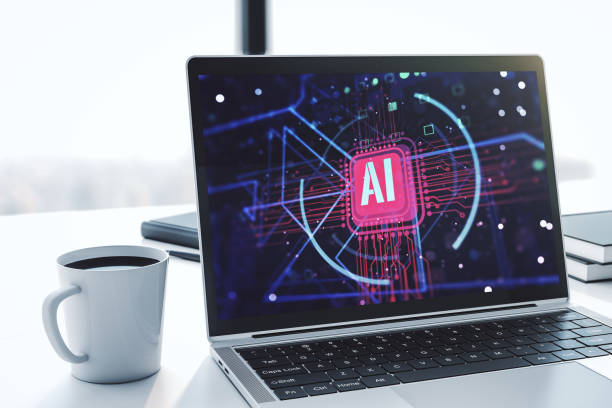What is an Artificial Intelligence Robot and How Does it Work?
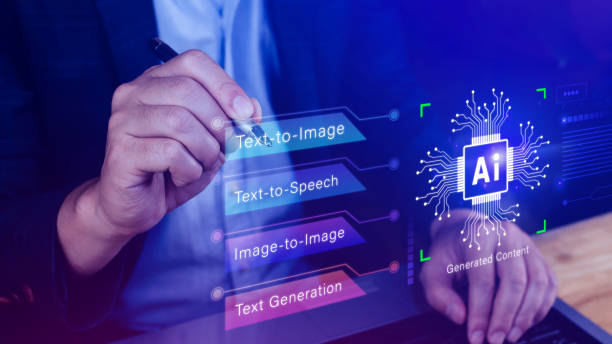
An **artificial intelligence robot** is a combination of two distinct fields: robotics and artificial intelligence.
Generally, robotics deals with the design, construction, operation, and application of #robots, while artificial intelligence (AI) is a branch of computer science that deals with building intelligent machines, especially intelligent computer programs.
**Artificial intelligence robots**, leveraging machine learning algorithms and natural language processing, can receive information from the environment, analyze it, and make decisions that lead to performing specific tasks.
The performance of these robots depends on the type of data they have been trained with and the artificial intelligence algorithms used in them.
For a better understanding, an **artificial intelligence robot** can be considered as an intelligent computer with the ability to move and interact with the physical world.
[Artificial intelligence](https://en.wikipedia.org/wiki/Artificial_intelligence) allows the robot to adapt to different conditions and perform its tasks automatically without the need for precise programming for each situation.
>
Customers are lost due to poor e-commerce site design? Solve this problem forever with Rasaweb!
✅ Increase sales and visitor-to-customer conversion rate
✅ Smooth and engaging user experience for your customers
⚡ Get a free consultation
History and Evolution of Smart Robots

The idea of building intelligent and automatic machines dates back to ancient times, but serious development of **artificial intelligence robots** began with advances in computer science and artificial intelligence in the 20th century.
In the 1950s and 1960s, researchers tried to create programs that could solve mathematical problems, play chess, or understand natural language.
Although these efforts were initially limited, they laid the groundwork for the development of **artificial intelligence robots**.
In the following decades, with the development of machine learning algorithms and increasing computing power, **artificial intelligence robots** became more complex and efficient.
Today, **smart robots** are used in various industries, including manufacturing, healthcare, customer service, and even entertainment, playing an important role in improving efficiency and reducing costs.
Main Components of an Artificial Intelligence Robot

An **artificial intelligence robot** usually consists of three main parts: sensors, a processor, and actuators.
Sensors are responsible for collecting information from the environment.
This information can include images, sounds, temperature, pressure, and other sensory data.
The processor, which is usually a computer or microcontroller, processes the information received from the sensors and makes decisions based on artificial intelligence algorithms.
Actuators, which include motors, arms, and other mechanical parts, execute the processor’s commands, causing the robot to move and perform tasks.
The **artificial intelligence robot** is unable to do anything without these components.
| Components | Function |
|---|---|
| Sensors | Gather information from the environment |
| Processor | Process information and make decisions |
| Actuators | Execute commands and perform tasks |
Diverse Applications of Artificial Intelligence Robots in Various Industries
![]()
**Artificial intelligence robots** have widespread applications in various industries.
In the manufacturing industry, they are used to automate processes, increase accuracy, and reduce errors.
In the healthcare industry, **smart robots** can assist doctors in surgery, patient care, and rehabilitation.
In the customer service industry, **artificial intelligence robots** act as chatbots and virtual assistants to answer customer questions and solve their problems.
In addition, **artificial intelligence robots** have diverse applications in agriculture, transportation, education, and other fields, helping to improve efficiency and quality of service.
The use of [robotics](https://en.wikipedia.org/wiki/Robotics) and artificial intelligence is growing rapidly.
Is your e-commerce site ready to attract maximum customers and sell more? Rasaweb transforms your online business by designing modern and efficient e-commerce sites.
✅ Increased speed and improved SEO
✅ Excellent user experience on mobile and desktop
⚡ Get a free consultation for e-commerce website design from Rasaweb!
Advantages and Disadvantages of Using Smart Robots
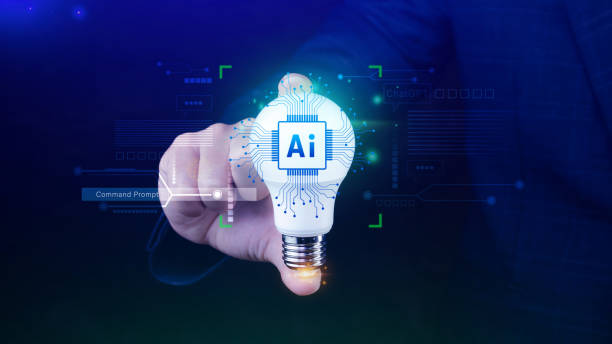
Using **artificial intelligence robots** has many advantages, including increased productivity, reduced costs, improved quality and safety, and performing dangerous and repetitive tasks.
However, the use of **smart robots** also has disadvantages, including high implementation and maintenance costs, the need for technical expertise, and concerns about job losses.
Also, ethical issues related to the use of **artificial intelligence robots**, such as privacy, accountability, and discrimination, should be considered.
What will the Future of Robotics and Artificial Intelligence Be?
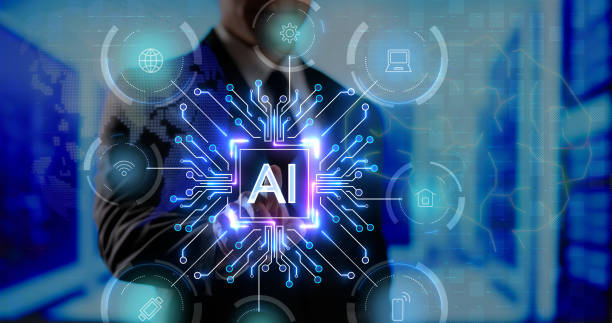
The future of **robotics** and artificial intelligence looks very bright.
With continuous advances in these fields, **smart robots** will become more complex, efficient, and versatile.
It is expected that in the near future, **artificial intelligence robots** will play a more prominent role in our daily lives and help us perform various tasks.
Also, the development of **self-driving robots**, **humanoid robots**, and **collaborative robots** will be among the important trends in the future of **robotics** and artificial intelligence.
Challenges and Opportunities in the Development of Smart Robots

The development of **smart robots** faces many challenges and opportunities.
Technical challenges include improving artificial intelligence algorithms, developing more advanced sensors, and reducing costs.
Social challenges include public acceptance of **robots**, workforce training, and the creation of appropriate laws and regulations.
However, there are also many opportunities in this area, including creating new jobs, improving quality of life, and solving complex problems.
To take advantage of these opportunities, investment in research and development, international cooperation, and skilled workforce training is needed.
| Challenge | Opportunity |
|---|---|
| Improving artificial intelligence algorithms | Creating new jobs |
| Developing more advanced sensors | Improving quality of life |
| Reducing costs | Solving complex problems |
Ethics in AI Robotics Key Considerations
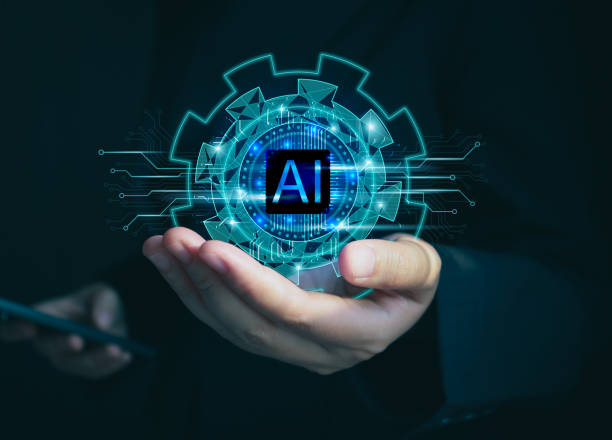
With the increasing use of **artificial intelligence robots**, ethical issues related to them become more important.
These issues include the accountability of **robots** for their actions, protecting individuals’ privacy, preventing discrimination, and the misuse of **robots**.
For example, if a **self-driving robot** causes an accident, who will be responsible? Or if a **robot** uses personal information to discriminate in the hiring process, what should be done? To answer these questions, there is a need to develop appropriate ethical laws and regulations that take into account human rights and values.
How much does losing business leads due to a non-professional website cost you? Solve this problem forever with a professional company website design by Rasaweb!
✅ Increase credibility and trust with potential customers
✅ Easier attraction of new business leads
⚡ Get a free consultation right now!
How to Learn and Train Artificial Intelligence Robots

**Artificial intelligence robots** are trained using machine learning algorithms.
These algorithms allow the **robot** to identify patterns and improve its knowledge by receiving data.
There are different types of machine learning algorithms, including supervised learning, unsupervised learning, and reinforcement learning.
In supervised learning, the **robot** is trained using labeled data, while in unsupervised learning, the **robot** must automatically identify patterns from unlabeled data.
In reinforcement learning, the **robot** is trained by performing various actions and receiving rewards or penalties.
The choice of the appropriate algorithm for training an **artificial intelligence robot** depends on the type of task the **robot** needs to perform, as well as the type of data available.
Summary and Final Points on Artificial Intelligence Robots

**Artificial intelligence robots** have great potential to change our lives.
From automating processes and increasing productivity to improving quality of life and solving complex problems, **smart robots** can play an important role in the future.
However, to take advantage of this potential, we must understand the challenges and opportunities in the development of **smart robots** and consider the ethical issues related to them.
By investing in research and development, training a skilled workforce, and developing appropriate laws and regulations, we can benefit from the advantages of **artificial intelligence robots** and prevent their potential risks.
**Artificial intelligence robots** are evolving.
FAQ
| Question | Answer |
|---|---|
| What is an AI robot? | It is a robot that uses artificial intelligence capabilities to understand the environment, reason, learn, and make decisions to perform complex tasks independently. |
| What is the main difference between a regular robot and an AI robot? | AI robots can learn and adapt to their environment, while regular robots usually operate based on fixed and pre-determined programs. |
| In what fields are AI robots used? | In fields such as industry (production lines), medicine (robotic surgeries), services (customer support, smart vacuum cleaners), exploration (space and underwater), and entertainment. |
| How do AI robots learn? | They acquire new skills through machine learning (ML) and deep learning algorithms, by analyzing large amounts of data and identifying patterns. |
| Can AI robots have emotions? | Currently, no. They can identify or simulate emotions, but they do not have a real experience of emotions like humans. |
| What are the most important benefits of using AI robots? | Increased productivity, reduced human error, performing dangerous or repetitive tasks, and providing innovative and efficient services. |
| What are the challenges in developing AI robots? | The need for large amounts of high-quality data, the complexity of algorithms, ethical issues, cybersecurity, and the high cost of research and development. |
| Are AI robots dangerous to humans? | By adhering to safe design principles and ethical regulations, no. Concerns are more related to social and economic impacts, such as changes in the labor market. |
| What is an example of an AI robot in everyday life? | Smart vacuum cleaner robots (like Roomba) that automatically map and clean the house, or smart voice assistants (like Siri and Alexa). |
| How is the future of AI robots predicted? | They are expected to become smarter, more autonomous, and capable of more complex interactions with humans, and to play a more prominent role in industry, medicine, transportation, and everyday life. |
And other services of Rasa Web advertising agency in the field of advertising
Smart advertising campaign: Transform online growth with the help of Google Ads management.
Smart content strategy: A combination of creativity and technology to increase website visits through Google Ads management.
Smart brand identity: A creative platform to improve click-through rates with intelligent data analysis.
Smart data analysis: A professional solution for digital branding with a focus on intelligent data analysis.
Smart data analysis: A creative platform to improve online growth by designing an attractive user interface.
And more than a hundred other services in the field of internet advertising, advertising consulting, and organizational solutions
Internet advertising | Advertising strategy | Advertorial
Transform your business in the digital world with Rasaweb Afarin! By providing comprehensive digital marketing services including company website design, SEO, and social media management, we pave the way for your online success. Shine with us and reach the peaks of your business.
📍 Tehran, Mirdamad Street, next to the Central Bank, South Kazerun Alley, Ramin Alley No. 6
✉️ info@idiads.com
📱 09124438174
📱 09390858526
📞 02126406207
Resources
[What are smart robots and how do they work?](https://virgool.io/@roshankarimi/%D8%B1%D9%88%D8%A8%D8%A7%D8%AA-%D9%87%D9%88%D8%B4%D9%85%D9%86%D8%AF-%DA%86%DB%8C%D8%B3%D8%AA-%D9%88-%DA%86%DA%AF%D9%88%D9%86%D9%87-%DA%A9%D8%A7%D8%B1-%D9%85%DB%8C-%DA%A9%D9%86%D9%86%D8%AF-o34lj82z94j5)
,[Artificial intelligence in robotics](https://www.ictstartups.ir/%D9%87%D9%88%D8%B4-%D9%85%D8%B5%D9%86%D9%88%D8%B9%DB%8C-%D8%AF%D8%B1-%D8%B1%D9%88%D8%A8%D8%A7%D8%AA%DB%8C%DA%A9/)
,[Smart robot](https://www.telewebion.com/content/34835/%D8%B1%D9%88%D8%A8%D8%A7%D8%AA-%D9%87%D9%88%D8%B4%D9%85%D9%86%D8%AF)
,[What is a smart robot?](https://www.irantriz.com/%D8%B1%D9%88%D8%A8%D8%A7%D8%AA-%D9%87%D9%88%D8%B4%D9%85%D9%86%D8%AF-%DA%86%DB%8C%D8%B3%D8%AA%D8%9F/)

